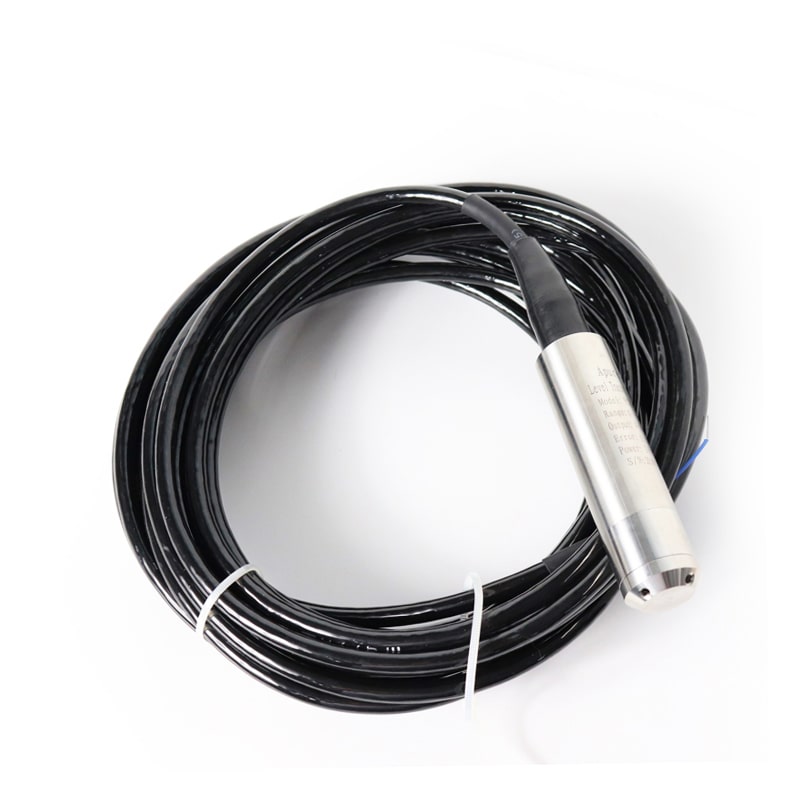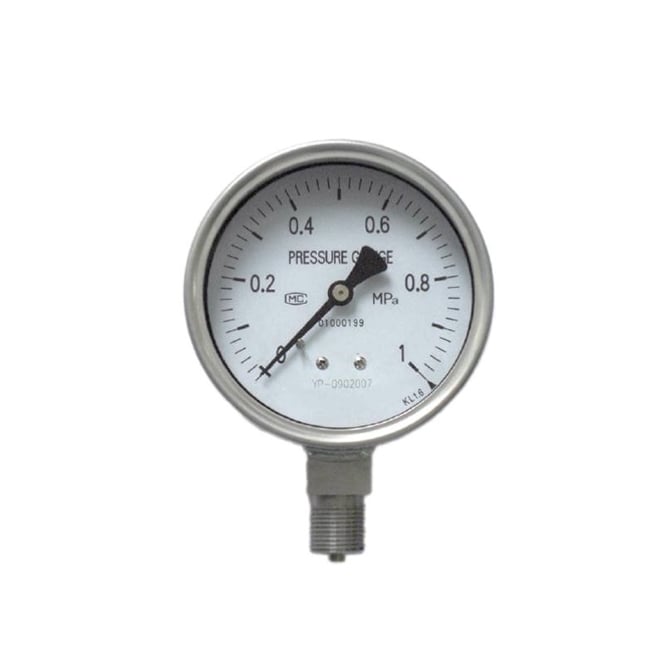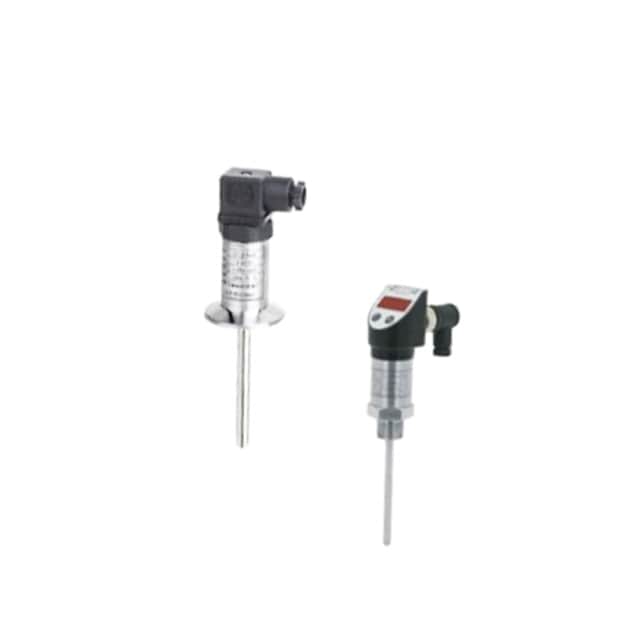Instrumentation and process control is an essential part of modern industrial operations and involves the use of equipment and systems to measure, monitor and control variables such as temperature, pressure, flow and level.
Relationship between Instrumentation and Process Control
Instrumentation and process control are very closely related, and both work together to monitor and regulate industrial processes. Instrumentation is responsible for measuring and transmitting process variables such as temperature, pressure, flow, etc., while process control uses this data to analyze and regulate the system to keep it operating within preset safety and efficiency limits.
Simply put, instrumentation provides accurate data, and process control performs the appropriate control actions based on that data. Together, they ensure the stability, efficiency and safety of industrial processes, reducing human intervention and enabling automation.
How does Instrumentation and Process Control Work?
The operation of instrumentation and process control can be understood in the following steps:
Data acquisition (instrumentation): Sensors and meters first measure key variables in the process (e.g., temperature, pressure, flow, etc.), and this data is converted into signals by transmitters and sent to the control system.
Data analysis and decision making (control): The controller receives this data and compares it to a preset target value (set point).
Automatic adjustment (control): If the measured value does not match the target value, the control system sends out commands to adjust the operating parameters by means of actuators (e.g. valves, pumps) in order to keep the process stable.
Common Industrial Process Control Equipment
Common industrial process control devices include:
Sensors: Used to measure variables such as temperature, pressure, flow, level, etc.
Transmitters: Convert sensor data into standard signals for easy transmission and control.
Controllers: Such as PLCs (Programmable Logic Controllers) and DCSs (Distributed Control Systems), which are used to analyze sensor data and execute control commands.
Actuators: Such as electric valves and pneumatic actuators, used to regulate fluid or mechanical action.
Recorders and displays: Used to display and record process data in real time.
Drives: Such as frequency converters, used to control the speed and power output of motors.
Level Control and Monitoring
Liquid level control and monitoring is a key process to ensure that liquids in tanks, reactors or other vessels are maintained at preset levels. Liquid level heights are monitored in real time by level sensors, signals are transmitted to the control system, and the system automatically starts or stops pumps, valves, and other equipment according to preset limits. This control is critical to avoid spillage, drying out or equipment damage and is widely used in water treatment, chemical and other industries.


Pressure Control and Monitoring
Pressure control and monitoring is the process of maintaining a stable pressure within a system or equipment, and is commonly used in scenarios such as boilers and pipelines. Pressure sensors detect pressure changes in real time and transmit the data to the controller, which adjusts according to the set range to prevent damage to the system from over- or under-pressurization. This is vital to ensure industrial safety and long-term equipment operation.


Automatic Control Systems
Automatic control systems (such as PLCs and DCSs) automatically execute commands by receiving data from various sensors, adjusting process parameters and ensuring that the system operates within set limits. These systems are used to monitor and optimize complex industrial processes, thereby reducing human intervention and improving productivity and accuracy. Automatic control systems are widely used in manufacturing, petrochemical, food processing and other fields.
Temperature Control and Monitoring
Temperature control and monitoring maintains the temperature of the equipment or process within specified limits by means of temperature sensors and controllers. The system automatically adjusts heaters, cooling units or valves based on setpoints to avoid overheating or overcooling, thus ensuring product quality and equipment safety. Temperature control is commonly used in manufacturing, pharmaceutical, food processing and HVAC systems.


Applicable Industries for Instrumentation and Process Control
Manufacturing: for production line automation and quality control.
Oil and gas: to monitor critical parameters such as pressure and flow.
Chemical industry: to control reaction conditions and safety.
Power industry: for automation of power generation and distribution systems.
Water treatment: to monitor water quality, level and flow to ensure the stability of the treatment process.
Summary
Instrumentation and process control involve the use of devices like sensors, transmitters, controllers, and actuators to monitor and control industrial processes. By measuring variables such as temperature, pressure, flow, and level, these systems ensure processes run efficiently, safely, and consistently. Instrumentation provides real-time data, while process control systems, like PLCs or DCS, use that data to adjust operations automatically. Together, they improve productivity, maintain product quality, and enhance operational safety across various industries like manufacturing, chemical processing, and power generation.
Instrumentation and process control are essential for optimizing industrial operations. Apure provides high-precision instruments for monitoring flow, pressure, temperature, and liquid levels, ensuring efficient and safe processes. Boost your productivity and quality with our reliable solutions. Contact us today to learn how we can help streamline your operations!
